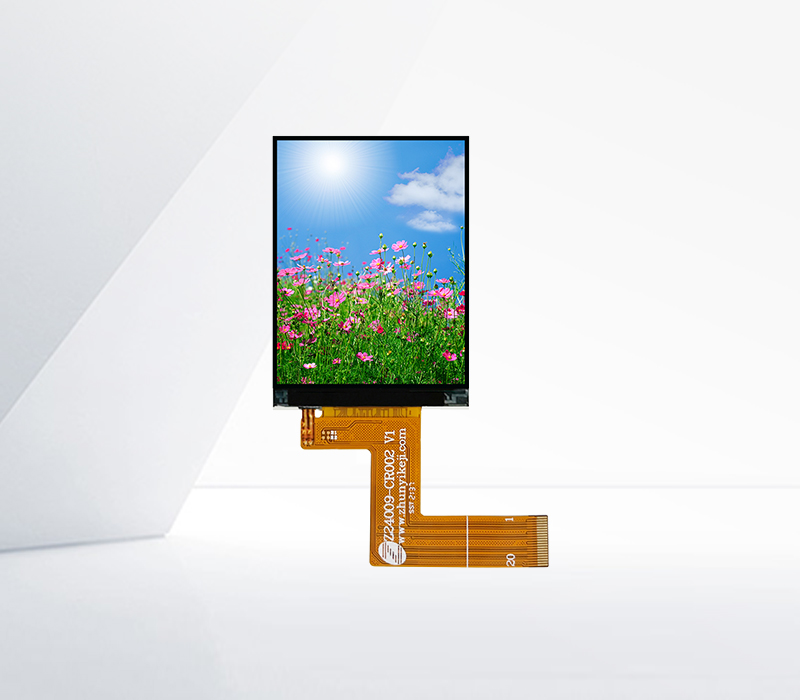




Which is Better: LCD or IPS Display?
The comparison between a general LCD and an IPS display is complex, as it depends on various factors and the intended use of the display.
In terms of color accuracy, IPS displays have a clear edge. They can reproduce a wider range of colors with greater precision. For applications like photo editing, graphic design, and high - definition video playback, the rich and accurate color representation of IPS makes it the preferred choice. In contrast, some basic LCDs may have limited color gamut and inaccurate color reproduction, resulting in dull and less - vibrant images.
Viewing angles are another area where IPS shines. As mentioned before, IPS offers nearly 180 - degree viewing angles with minimal color shift and contrast loss. This is in stark contrast to some lower - quality LCDs, especially TN - based ones, which can experience significant degradation in image quality when viewed from the sides. For shared viewing scenarios, such as in a meeting room or a family watching a movie together, an IPS display ensures a consistent viewing experience for everyone.
However, when it comes to response time and cost, traditional LCDs may have an advantage in certain cases. Some LCDs, particularly TN - type ones, can have extremely fast response times, making them suitable for fast - paced gaming where minimizing motion blur is crucial. Also, basic LCDs are often more cost - effective to produce, which makes them a popular choice for budget - conscious consumers and applications where high - end display features are not essential, such as in some entry - level smartphones or basic monitors for general office use.
